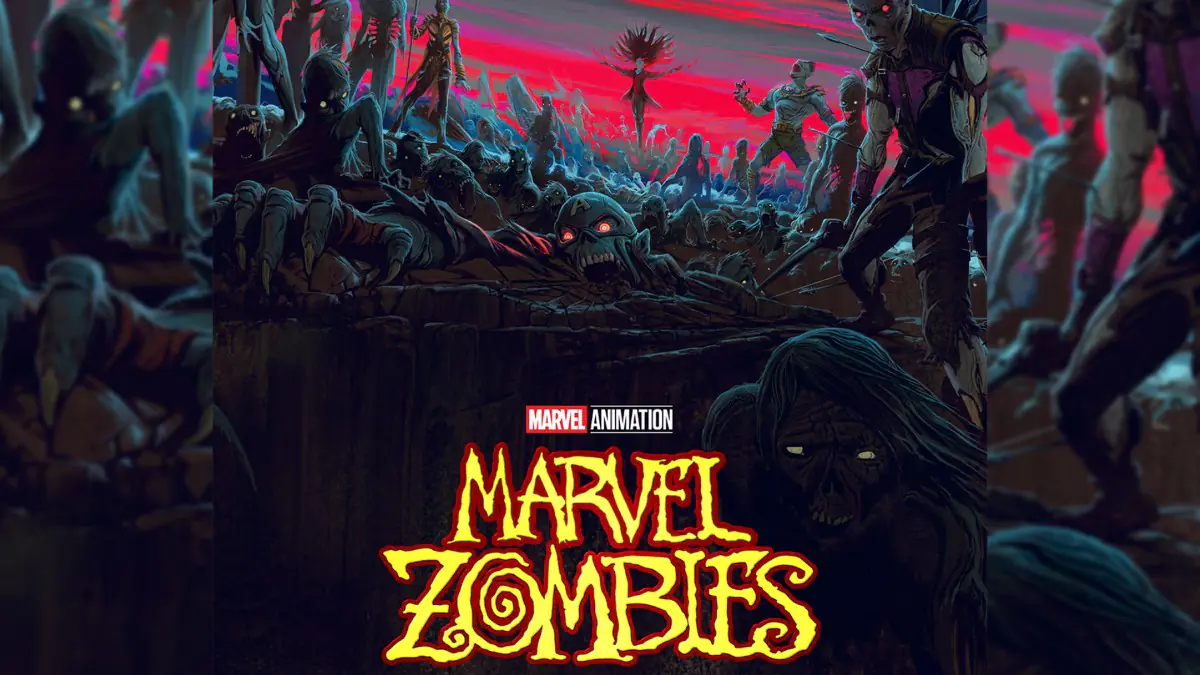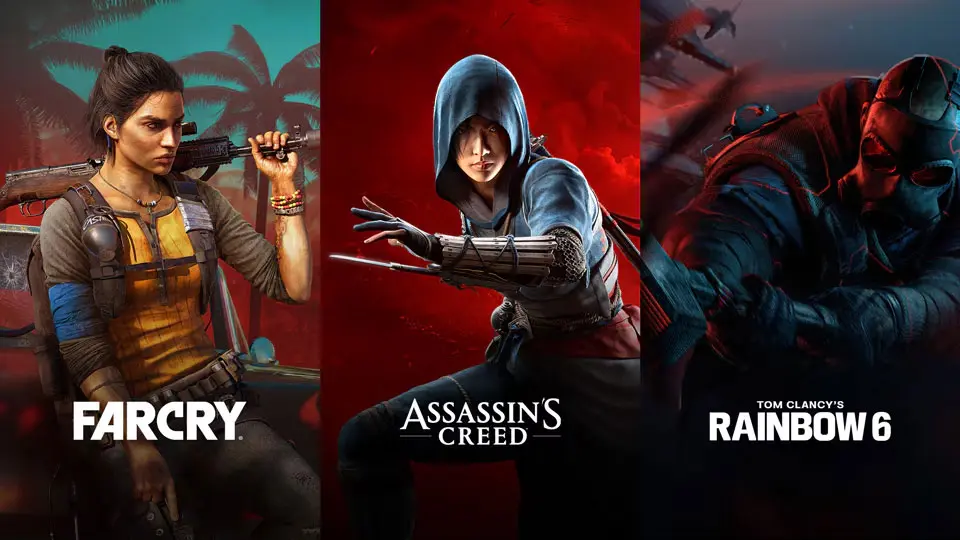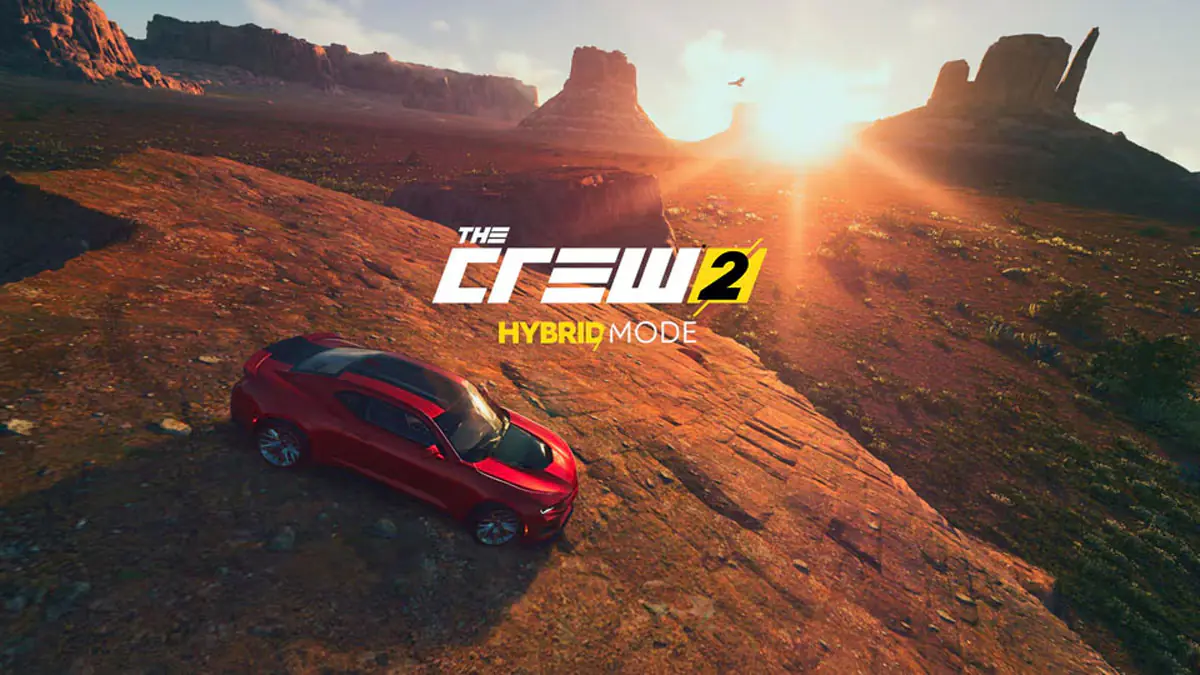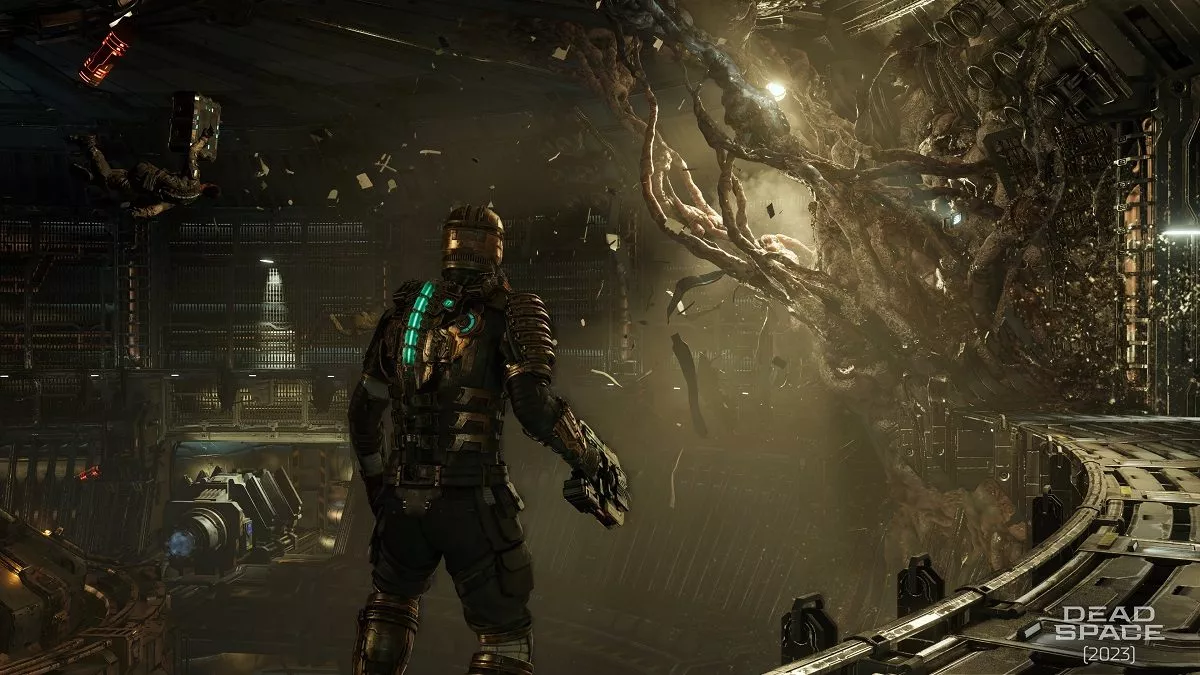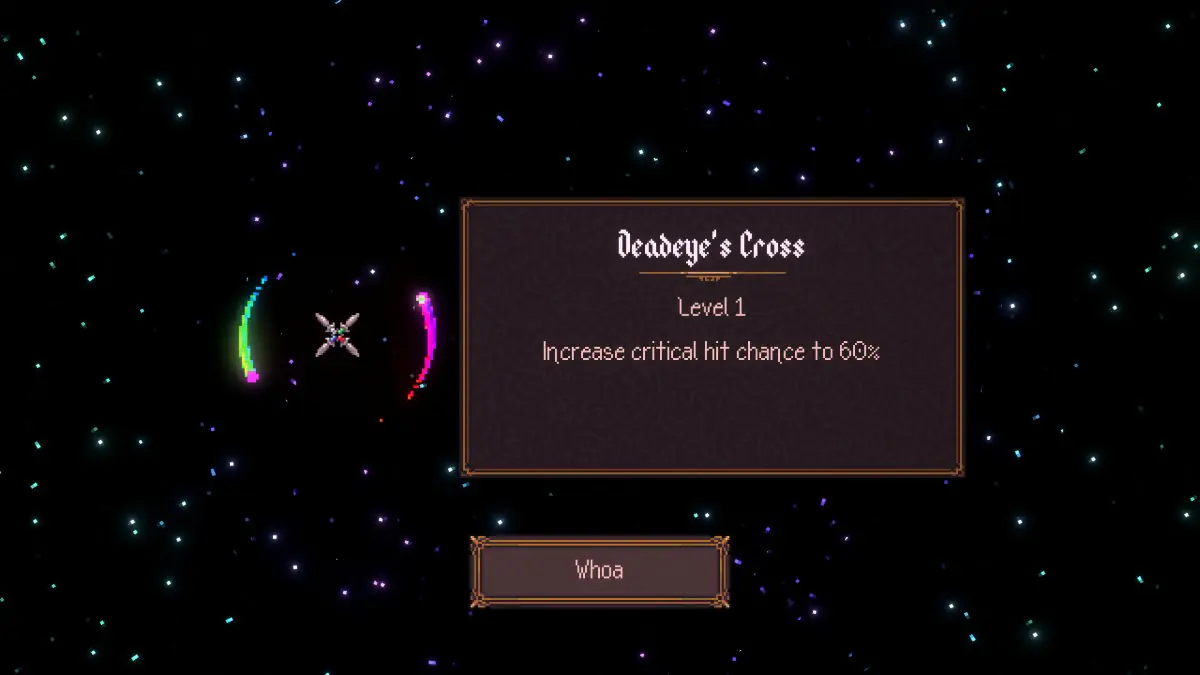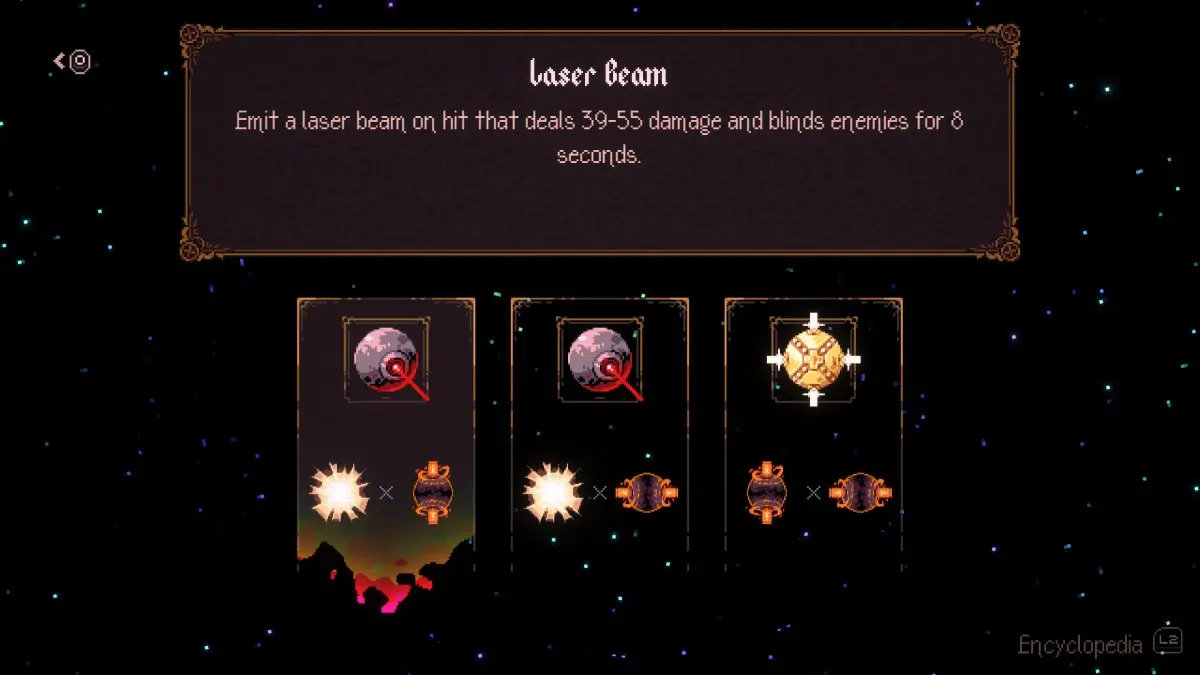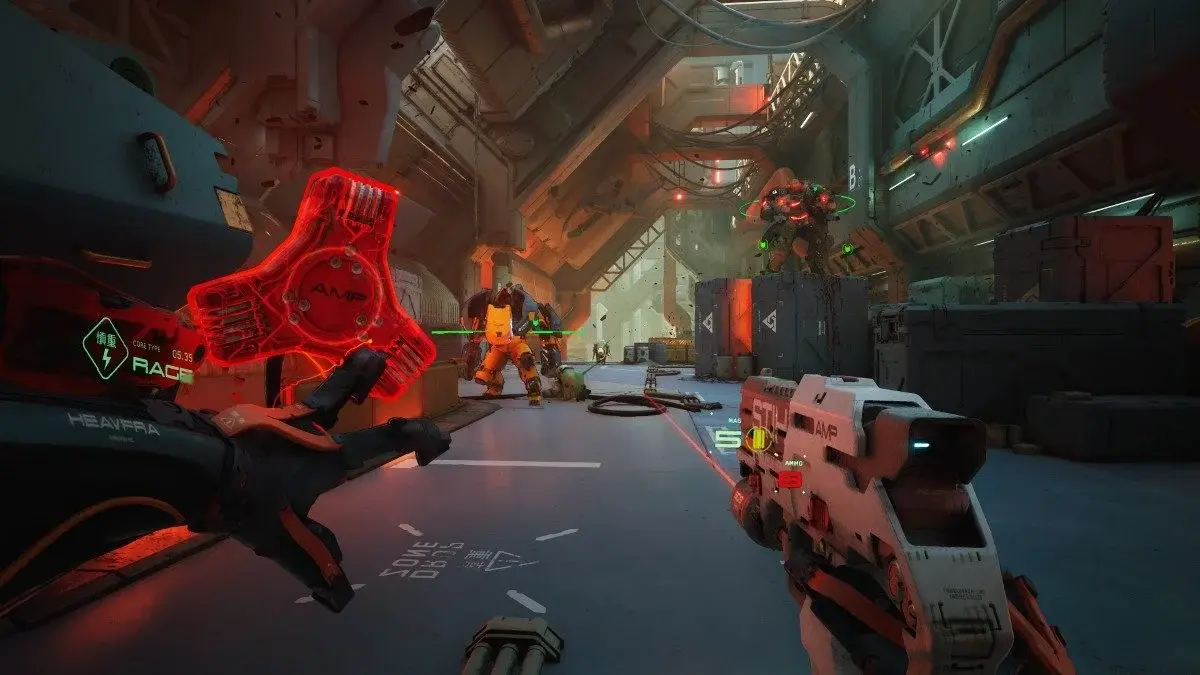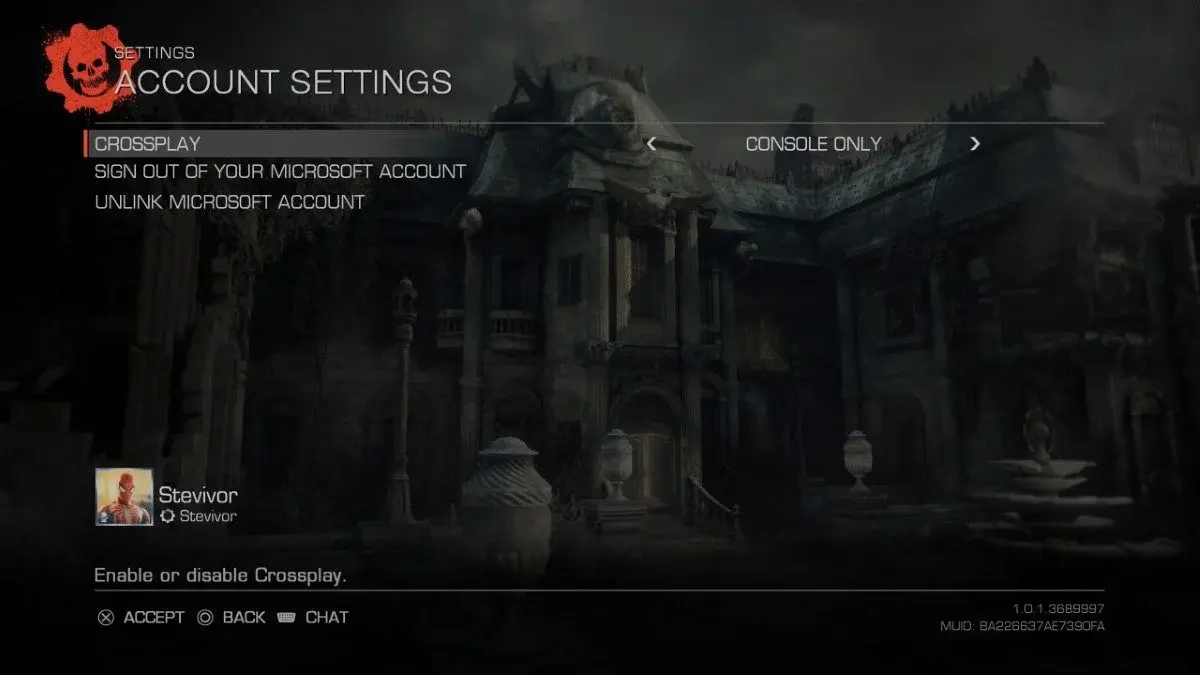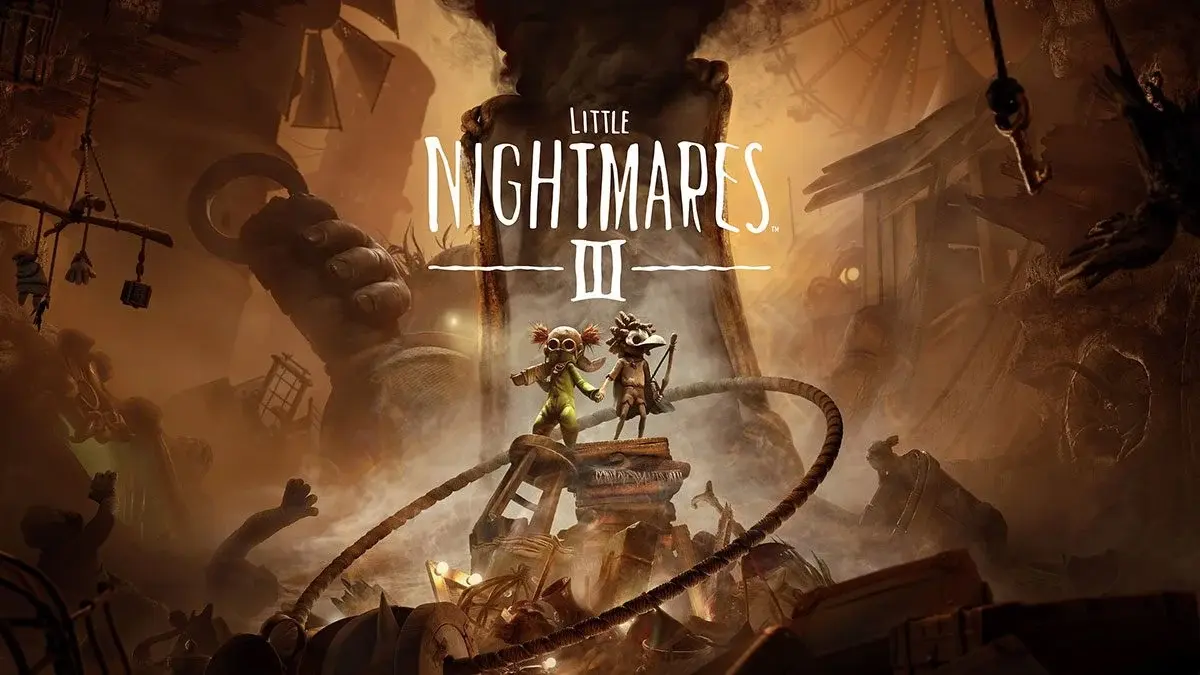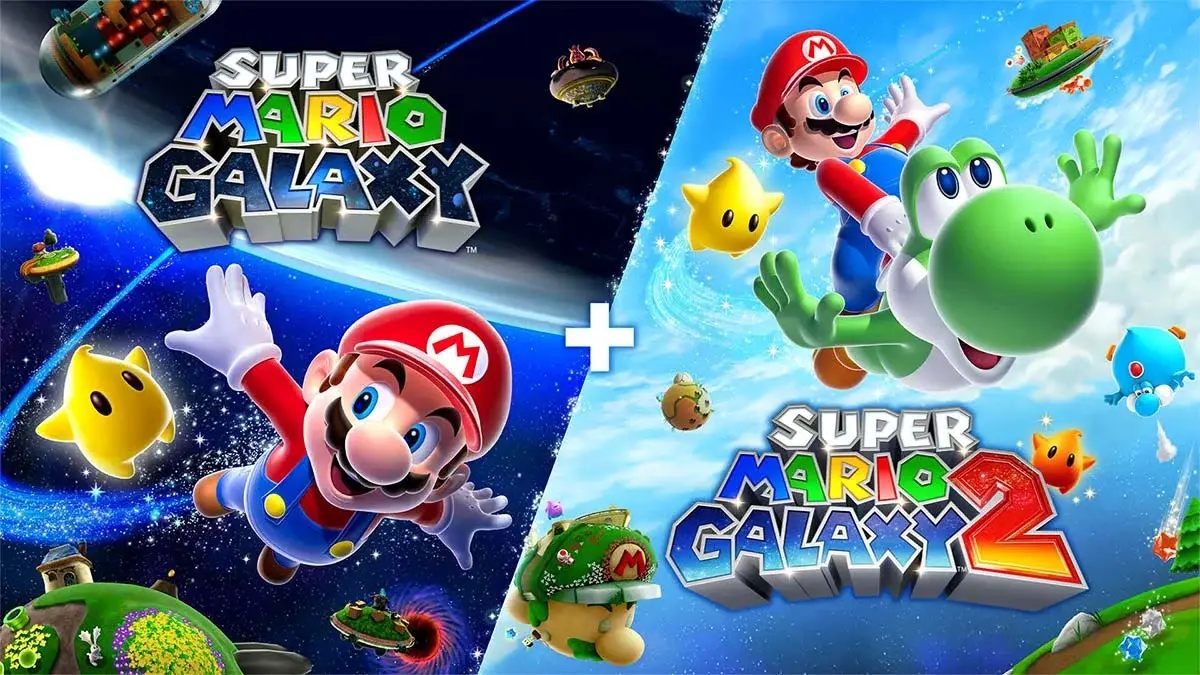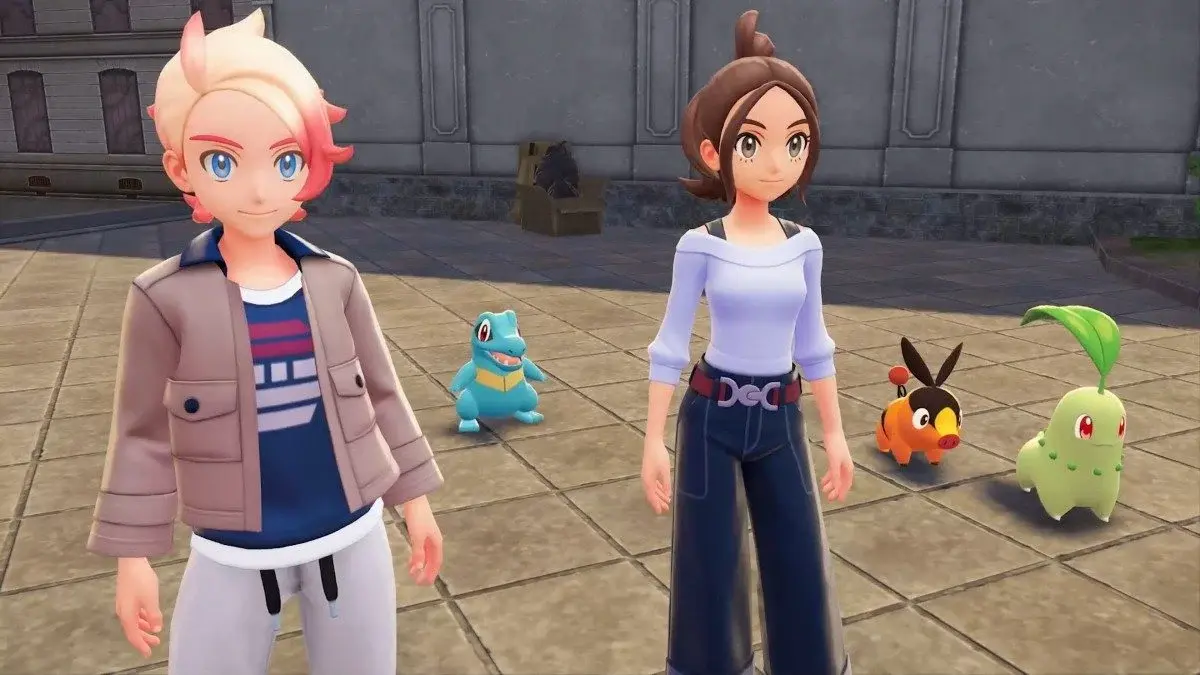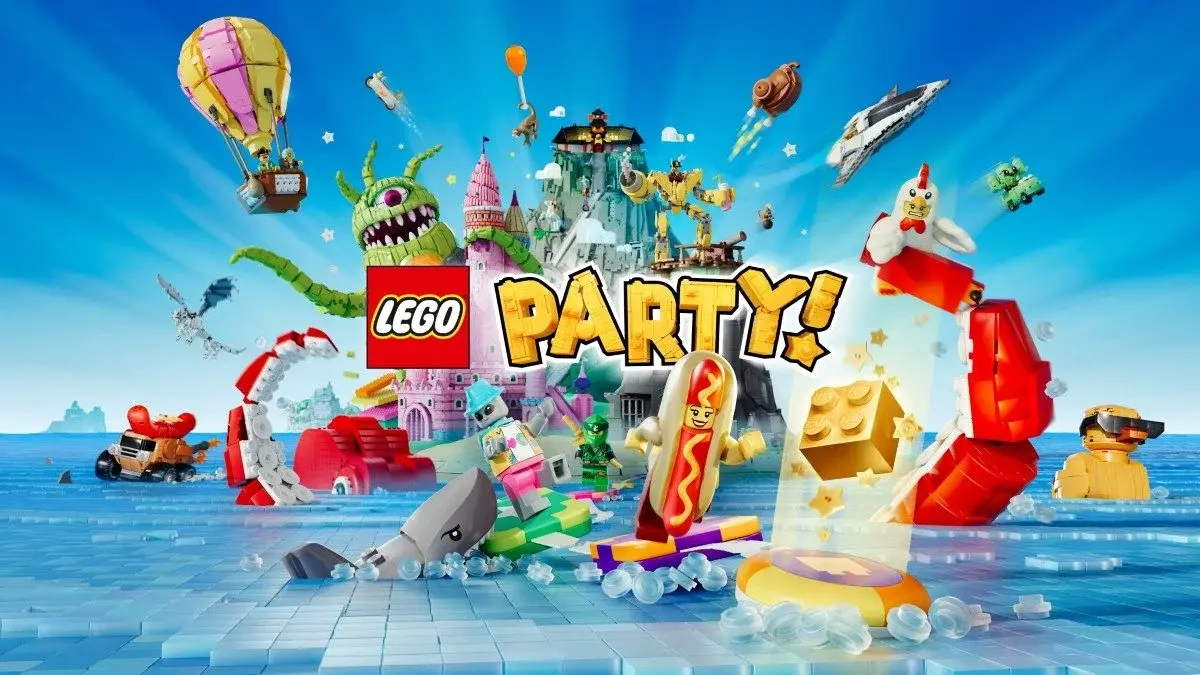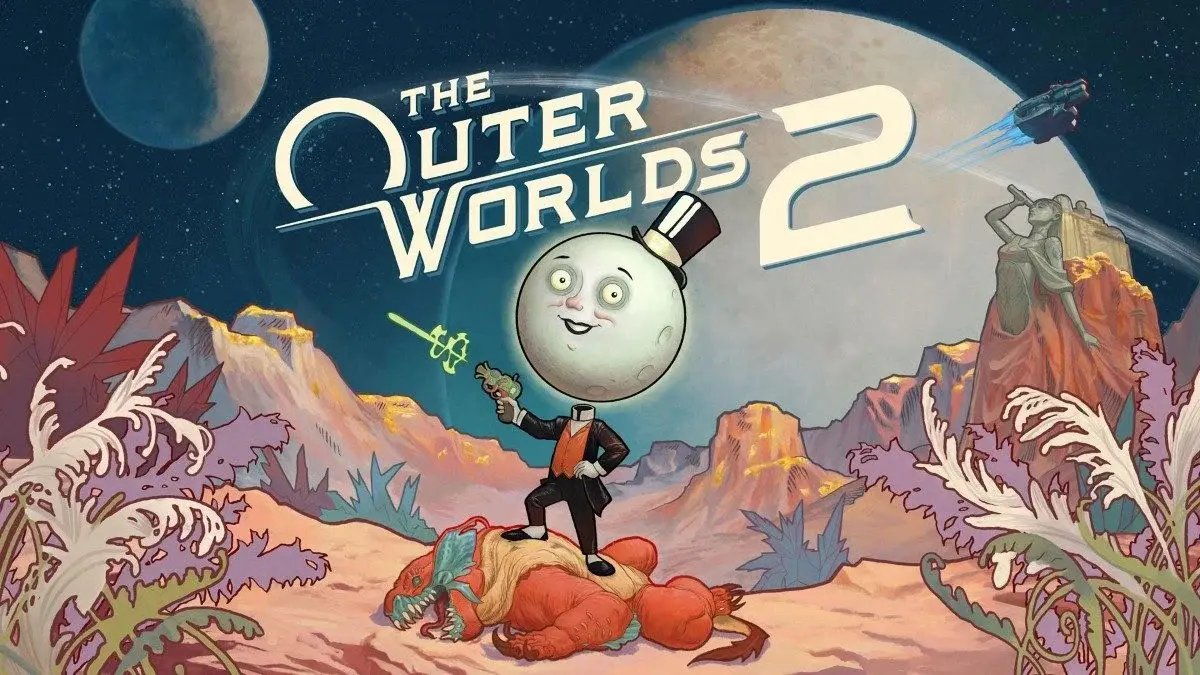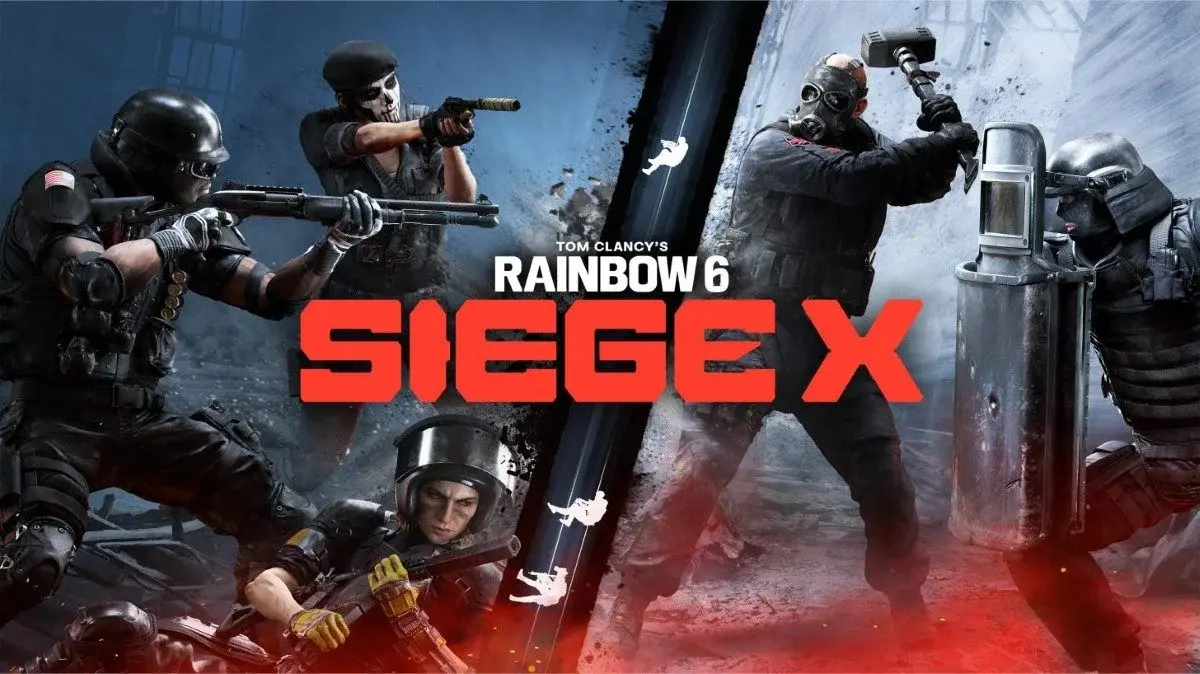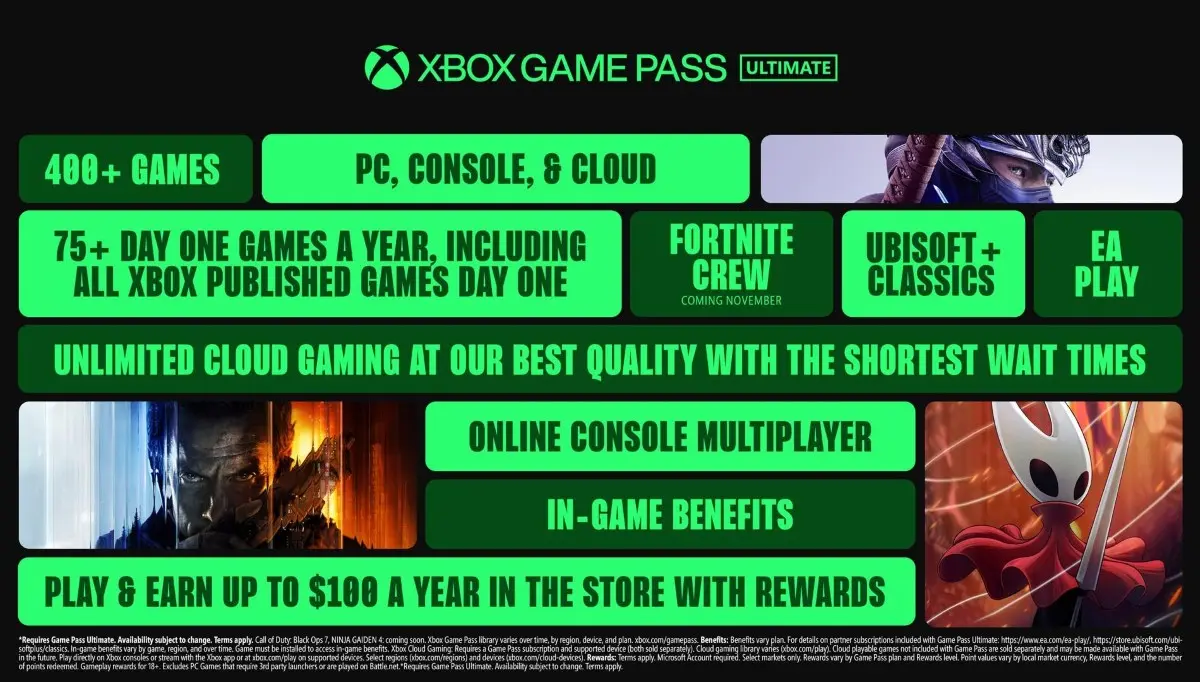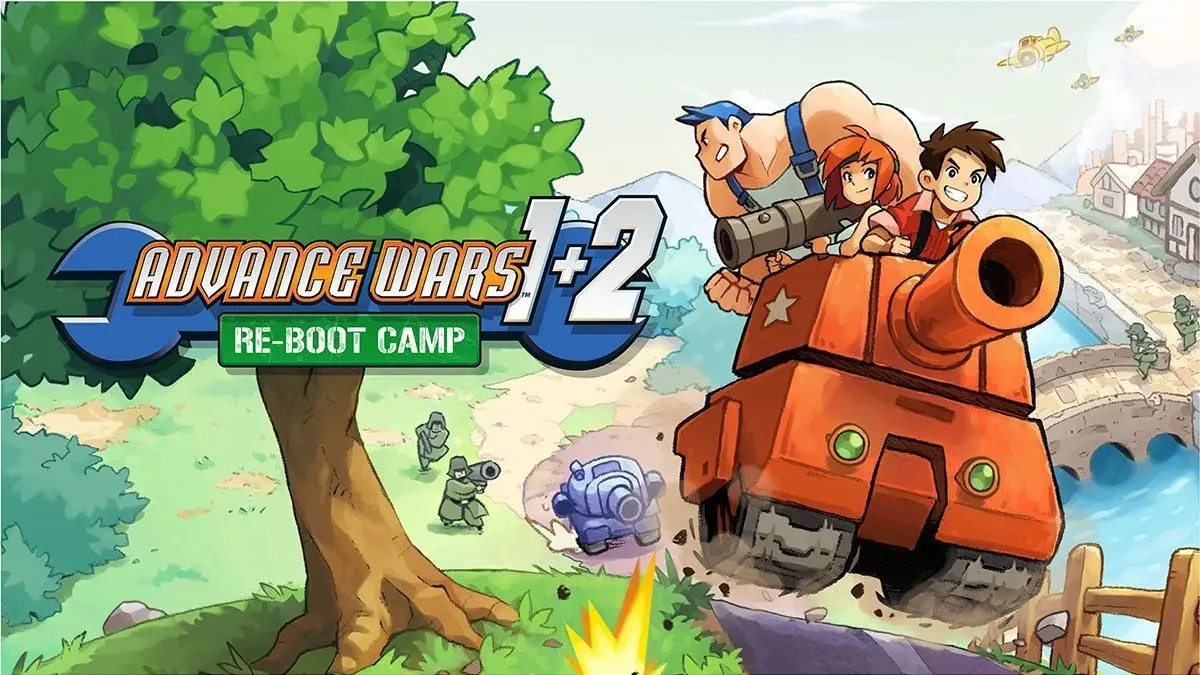Tank blasts from the past
With the ever-rising popularity of the Fire Emblem series, one thing about developer Intelligent Systems has become increasingly clear – it knows how to make a good strategy game.
As such, it’s no surprise that fans have spent years dreaming of a return of their OTHER strategy series, best known to western fans as Advance Wars. Originally releasing on the GameBoy Advance back in 2001, the series was a continuation of the Famicom Wars and GameBoy Wars titles, previously released only in Japan. The title was a hit with Western audiences, despite the Japanese company’s fears that the complex strategy gameplay wouldn’t be well received. The game went on to spawn sequels not only on GameBoy Advance, but also the DS, GameCube and Wii – before falling silent after Days of Ruin on the DS in 2018. Fifteen years later, the series finally returns with a revamp of the original two GBA games on Nintendo Switch, in the aptly named Advance Wars 1+2 Re-Boot Camp.
As the name implies, Re-Boot Camp is a ground-up rebuild of the GBA originals rather than a simple port. The core gameplay loop remains the same; your goal in each map is to end the conflict by either destroying all enemy units, or by taking over their home base. Moving across each map, you can occupy various cities and factories – each provides you additional funds in each round of combat, and the various types of factories allow you to use those funds to deploy additional units and bolster your army. Parking an injured unit on an occupied city will also allow it to regain health, making it more effective in combat – and doubling down on the usefulness of capturing territory as you proceed.
One major difference to Intelligent Systems’ other strategy series, Fire Emblem, is the way that unit strength is handled. All unit types start with a strength (and unit count) of 10, meaning that with ten tanks in a squad you can deal ten times the damage. When a squad takes damage, it’s represented by how many members of the squad are destroyed. A reduced squad then deals reduced damage, and is easier for a fully-powered enemy squad to destroy. It adds an extra layer to your combat choices – if your squad can’t wipe out an enemy in one go, is it worth taking the return fire? Will other nearby enemies be able to wipe you out afterward?
It’s a great twist to the mechanics that makes logical sense, and adds a new layer of strategy in the relatively small-scale maps you’ll play on. On top of this, each of your Commanding Officers have a unique ability that will charge over the course of a fight, allowing you to create difficult terrain, speed up your units or bolster their stats. Missions will occasionally branch depending on which CO you select, meaning your preference for CO Power may somewhat change the story of your game. While these changes aren’t dramatic as the branching narratives of a game like Fire Emblem Three Houses, it still makes this smaller game feel personal.
Speaking of smaller-scale, the re-interpretation of the game’s visuals is one of Re-Boot Camp’s best features. Where the GBA version had to represent troops in a simplified, abstract way on the system’s comparatively tiny screen, the Switch version instead chooses to take this as a visual flourish. Troops and vehicles are present as shiny, almost plastic minis on a literal game board; at the edge of each map you can see it is set in a wooden frame, sitting on a table.
This layer of abstraction helps to sell the game as a fun romp, even as you’re setting up units as fodder for each turn of combat. Alongside this, characters in the story pop in as semi-animated talking heads, reminiscent of a visual novel or Vtuber’s avatar. While not all dialogue is voiced, there are enough unique and reusable voice lines to get a proper feel for each of the various commanding officers you’ll meet throughout your battles.
Make no mistake – as a faithful recreation of a decades-old game (let that sink in), Re-Boot Camp has no issues being tough as hell. Even on the game’s Casual difficulty, your AI opponents will exploit weaknesses in your defence without a second thought. Make a wrong move and you’ll either find yourself wiped out, or struggling through an extra dozen turns to finally win. As intense as these fights can become, it’s easy to see this as a game to be played in short bursts, making it an ideal match for public transit or downtime between other media.
For fans of the Fire Emblem series looking for more of the same from the developer, this may be a great fit for you – depending on what it is that draws you to that franchise. If you love the strategy of planning out a battle and engaging with the mechanics, Advance Wars 1+2 Re-Boot Camp is a game boiled down and distilled to exactly that. If you come for the story and memorable characters however, you may find Advance Wars a bit lacking by comparison. While there is a story at play across these two games, it’s really only there to connect one mission to the next. Each CO is more a suggestion of a character than someone with a history and motivation, and while the story does go places you shouldn’t expect any stunning narrative twists.
That said, Re-Boot Camp is a loving recreation of a pair of games that fans of the series have been wanting to return to for years. It’s extremely good at what it does, and with added features like multiplayer and a map creator, you can even go head-to-head with friends in a streamlined battle of wits. Make sure you’re ready for the battlefield before diving in – because this battlefield is ready for you.
Advance Wars 1+2 Re-Boot Camp was reviewed using a promotional code on Nintendo Switch, as provided by the publisher. Click here to learn more about Stevivor’s scoring scale.
This article may contain affiliate links, meaning we could earn a small commission if you click-through and make a purchase. Stevivor is an independent outlet and our journalism is in no way influenced by any advertiser or commercial initiative.

